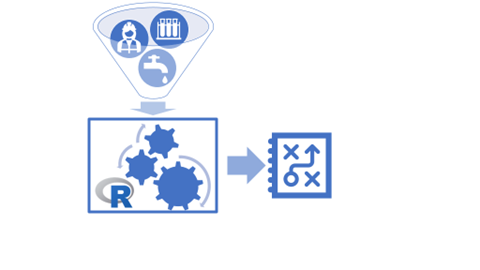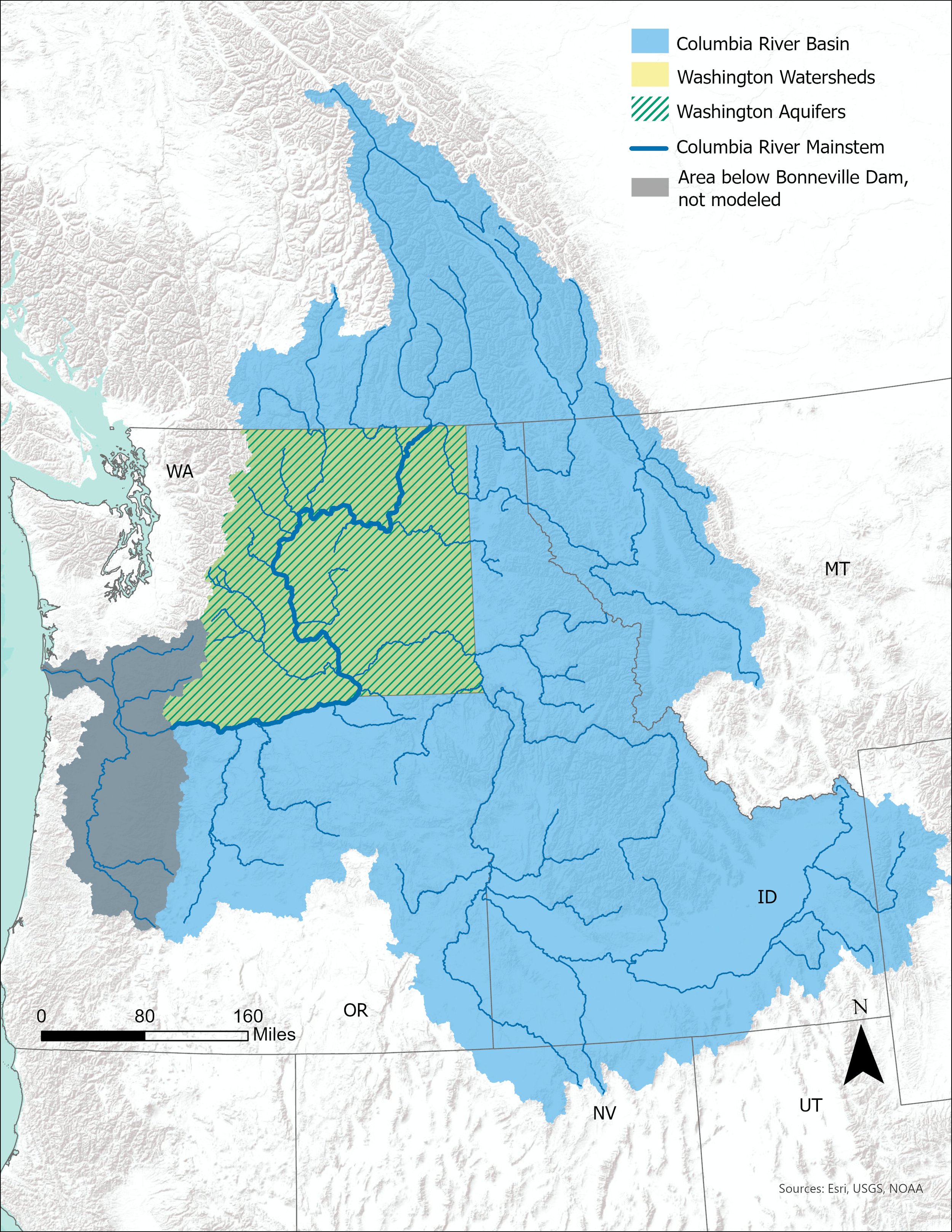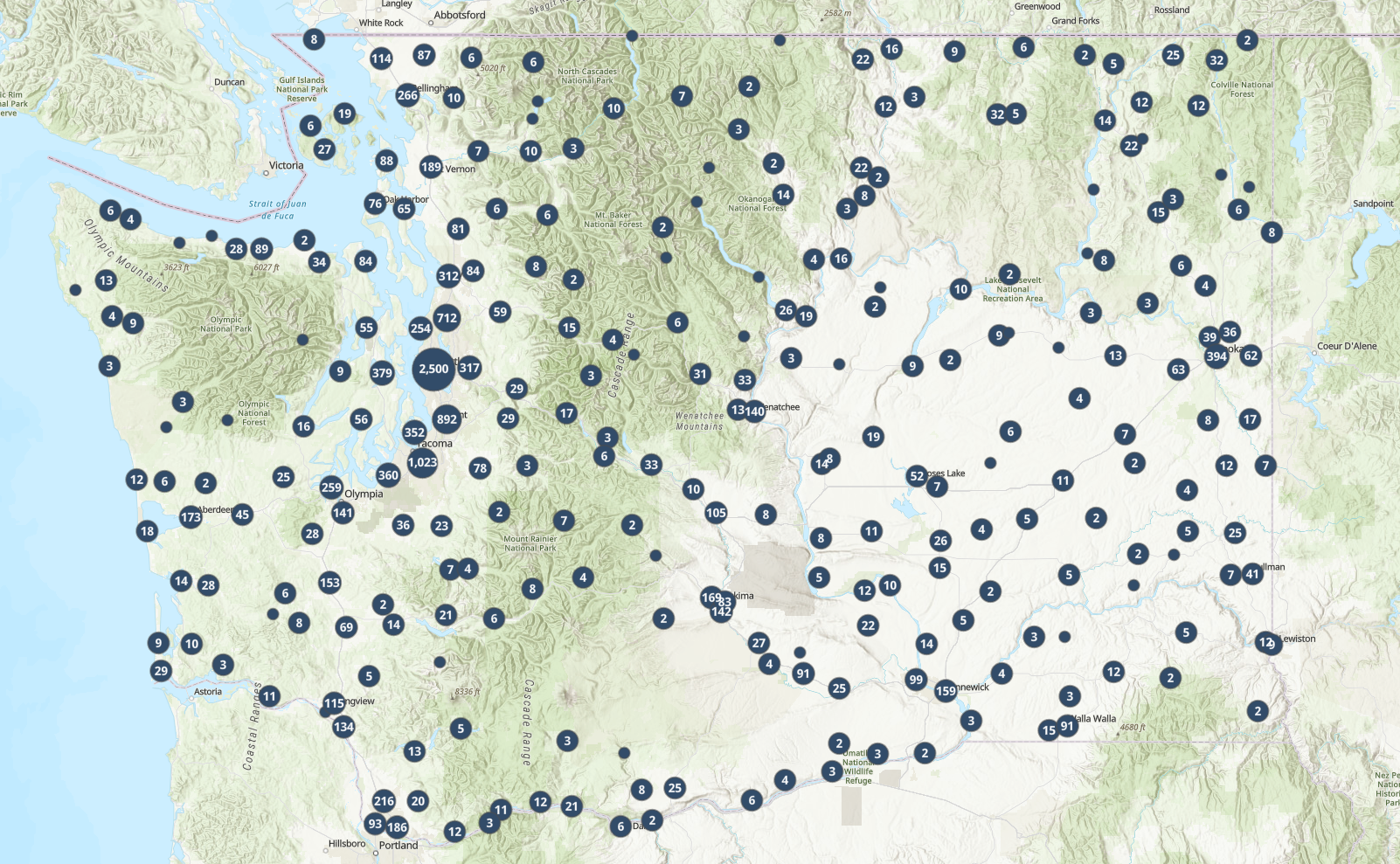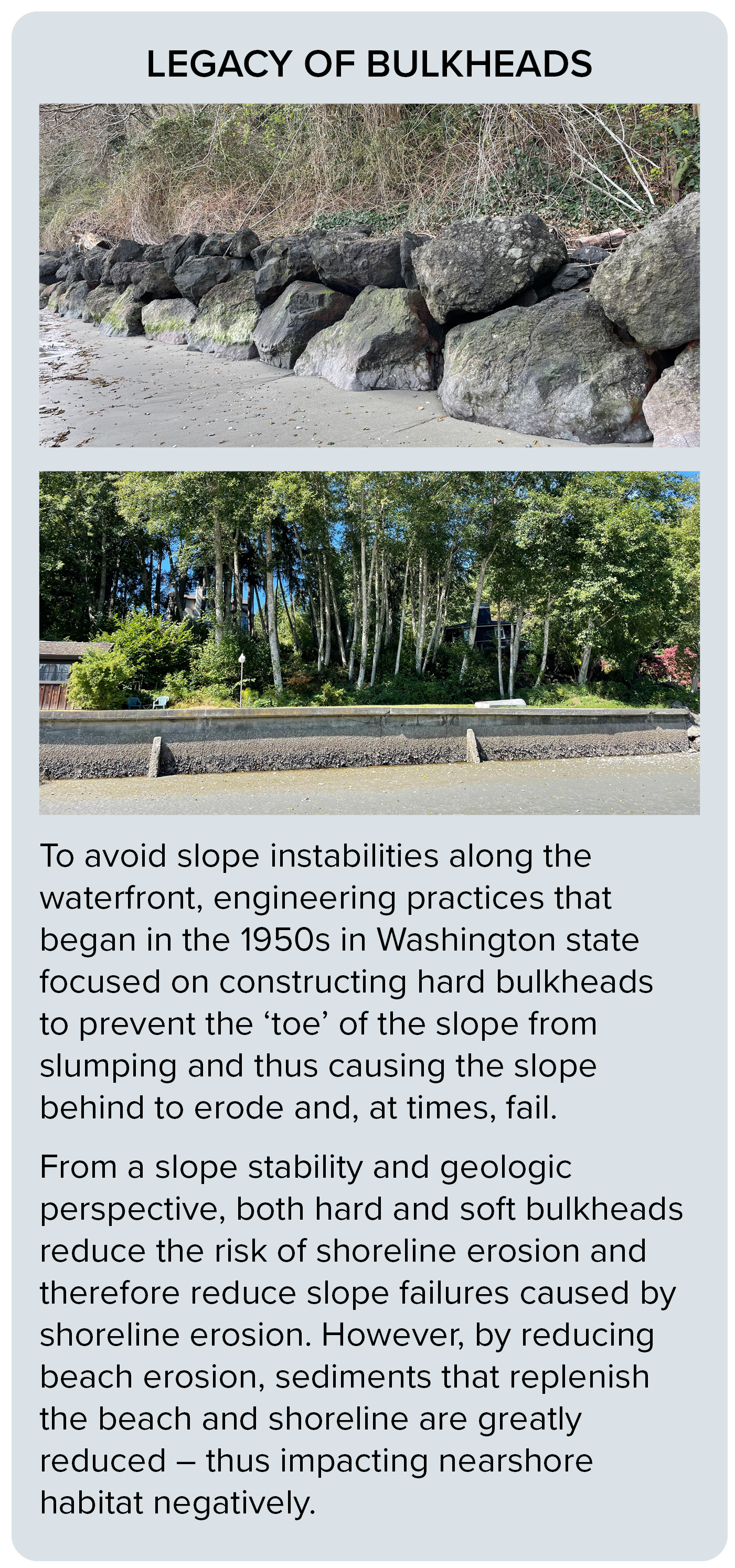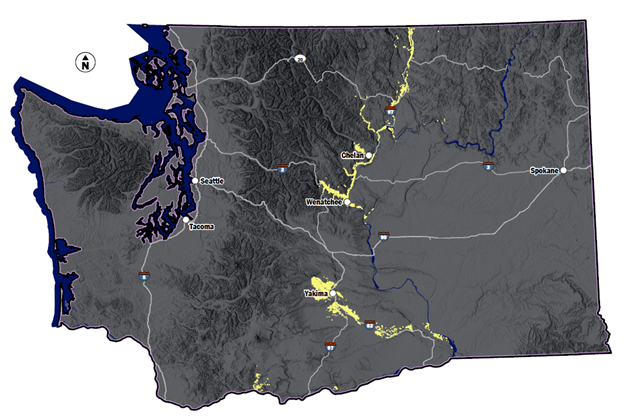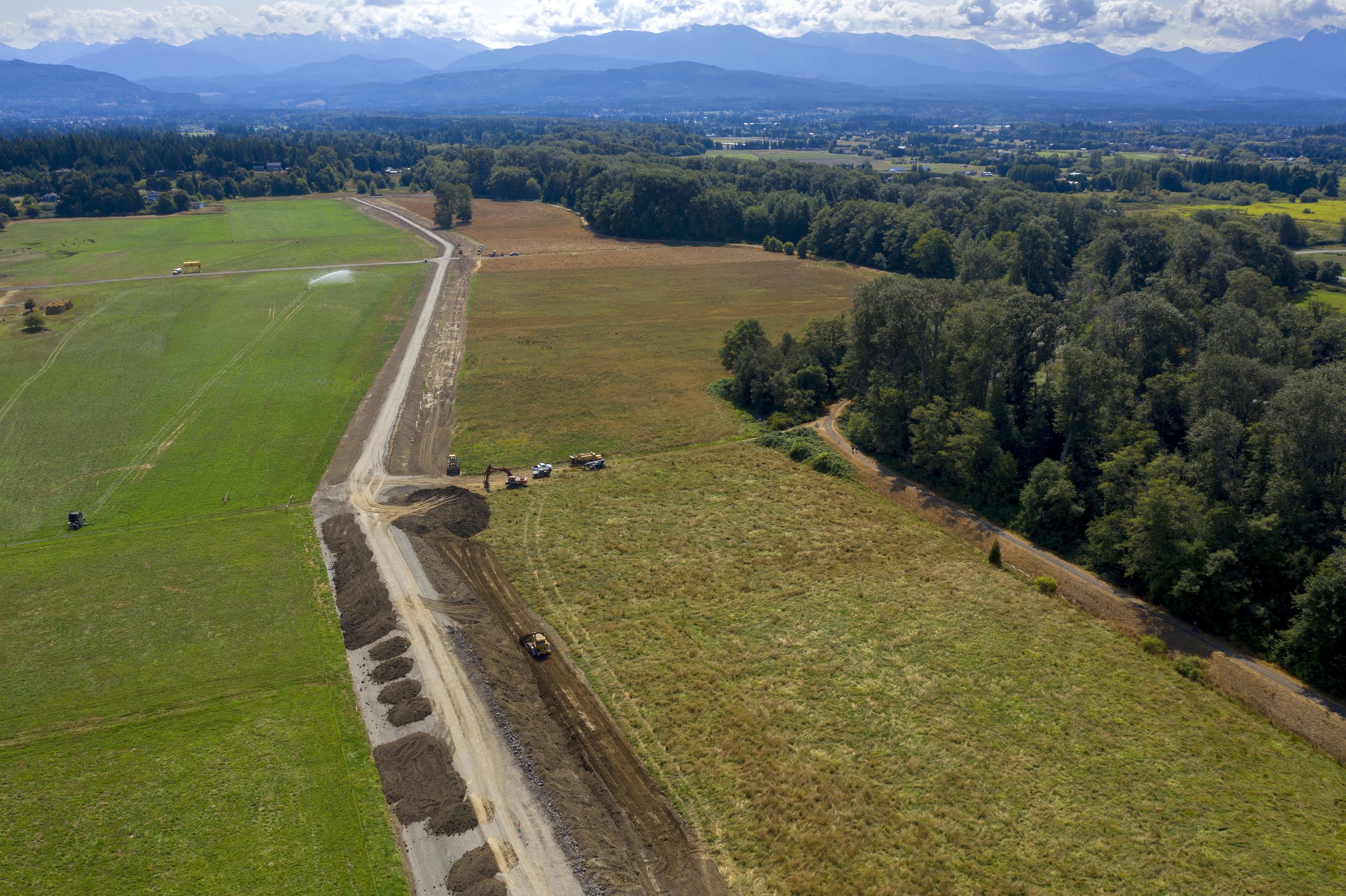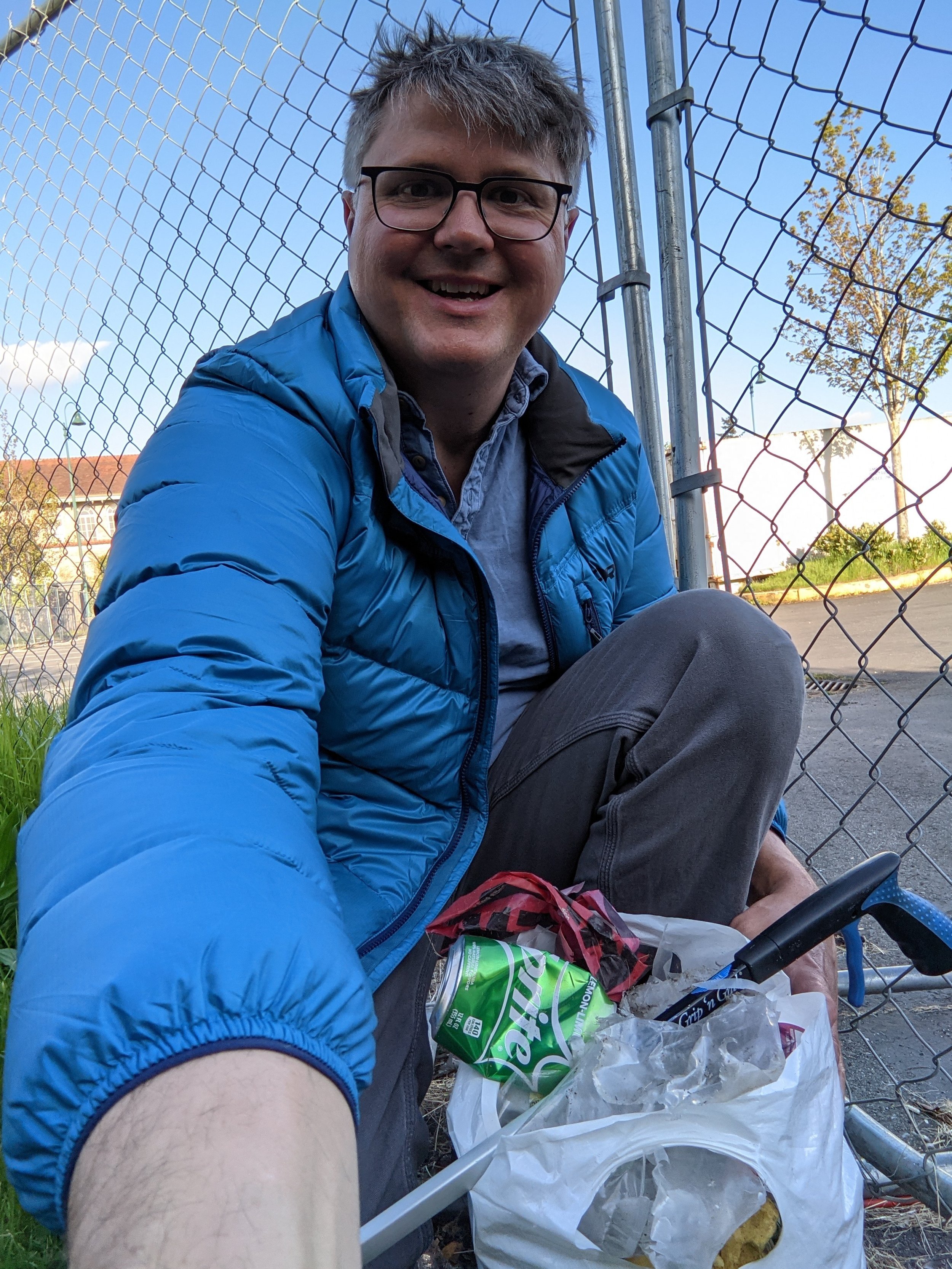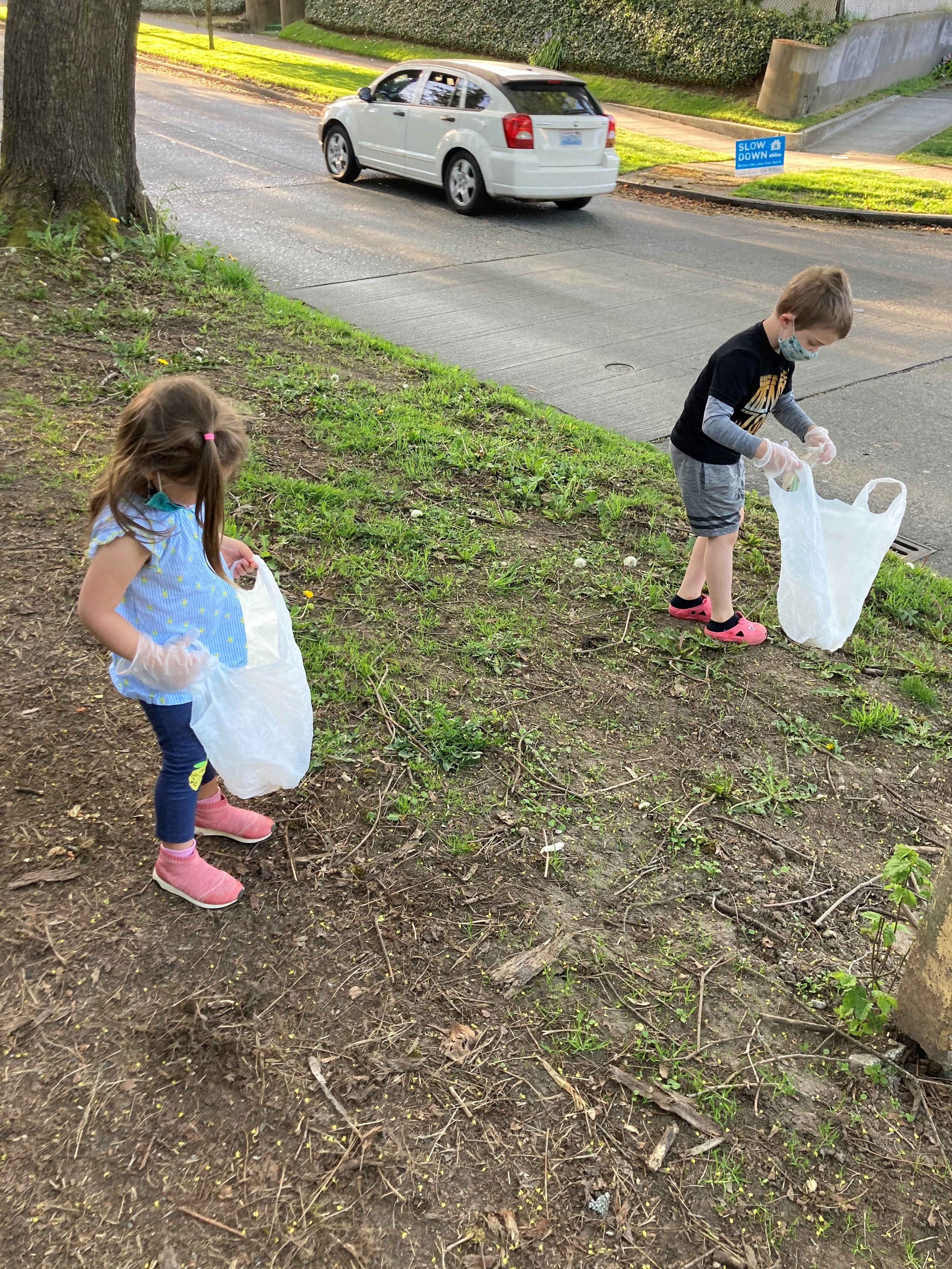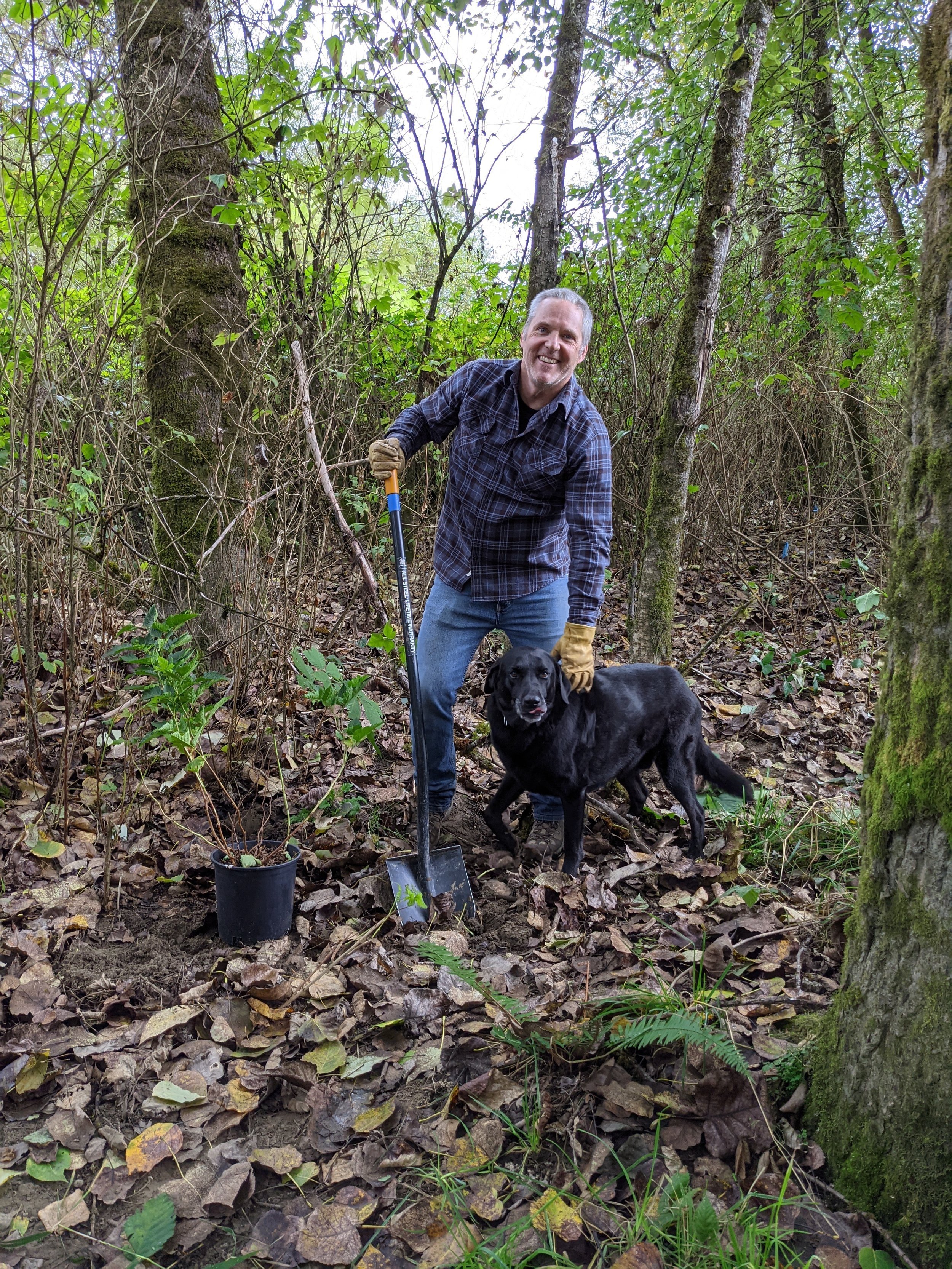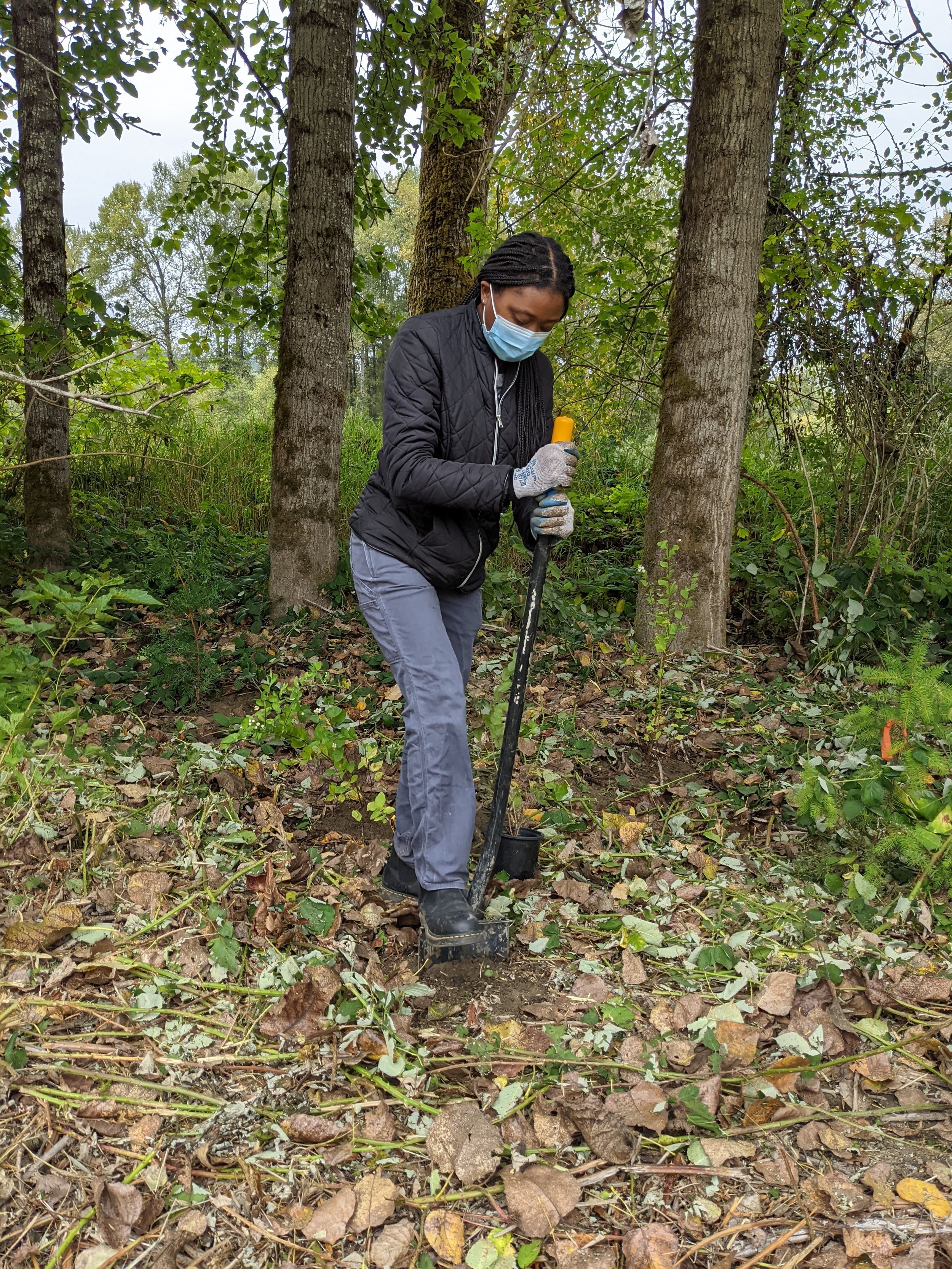I find that the project management approach is largely dictated by our clients who often require a complete scope and cost estimate to authorize work. However, an Agile approach could be useful on some Aspect projects, especially when there are unknowns that the initial work will reveal and affect subsequent work. The incremental approach does occur at Aspect to a degree, such as environmental site assessments (Phase II ESAs occurring based on Phase I findings), and I’m using it on some data analysis tasks in the Ecology SAM Study on Stormwater Source Control that I’m leading.
A helpful, albeit intangible, take away for me was trying to adopt an Agile mindset when it makes sense for a project. Specifically, when the work lends itself to adaptive outcomes, flexibility, and the client is open to realizing project value along the way rather than just when the final report is delivered.
Anyone considering PMP certification should also know that the knowledge base is jargon-heavy (at times even pedantic), and a term in the project management world might mean something different in other realms. Sample alternate definitions in the PMP world include the terms: activity, process, risk, charter, coach, domain, quality, parametric, baseline, float, scope, and value—to name a few.
Walk us through the Big Test Day…
I registered to take the exam about a month in advance to get the date and time I wanted. The test is typically proctored at a testing center, though at-home testing was possible during the pandemic. The at-home testing was more restrictive with things like fewer breaks allowed and more complicated with verifying your home setup before the exam. So, I chose a testing center in Northgate (Seattle) that offered evening times so I didn’t have to miss work.
The testing area had about a dozen walled cubicles, each with a desktop computer. You can’t bring anything of your own into the test area: no food or drink, no pen or pencil, not even your own earplugs (they provide). You may take breaks to eat or drink in the lobby but the exam clock does not stop during breaks. The exam is closed-book and they give you a notepad to make notes during the exam, which you must turn in at the end. I was given a few 8x14 laminated sheets and some dry erase markers.
For the exam, you have up to 230 minutes to answer 180 questions, including breaks (the clock keeps ticking!). However, the exam is divided into three segments of 60 questions each, and you have to close out each segment before moving onto the next one. The goal is to answer each question as there is no advantage to leaving questions blank (blank = wrong). So, the exam is effectively three 60-question exams back-to-back and thus requires good time management.
Another good piece of advice I was given is to do a brain dump onto the notes pages as soon as you start the exam. For me, the brain dump was formulas, definitions, and reminders about how to estimate activity durations, calculate earned value, budget forecasting, and the differences among the many types of charts and their associated uses.







